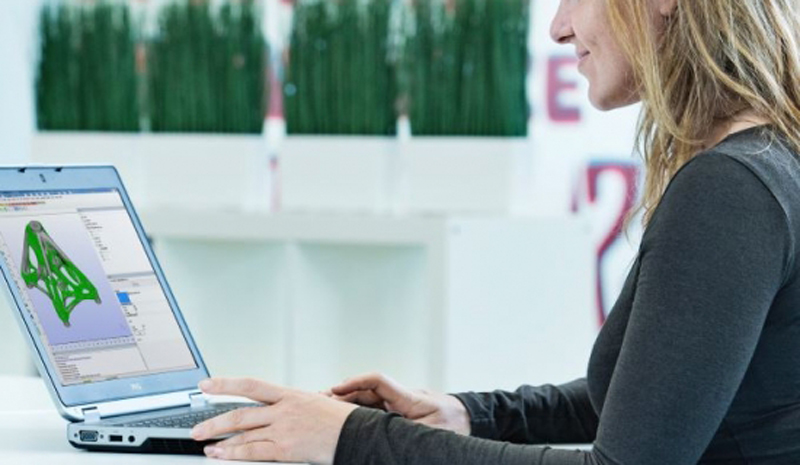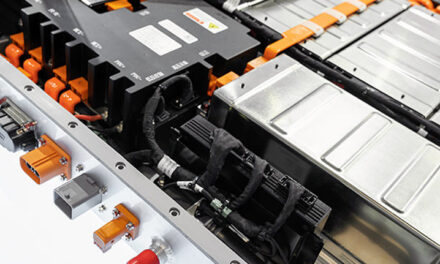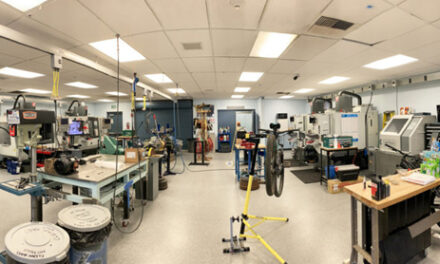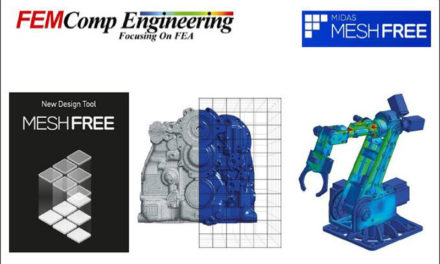Textures are common in the natural world and typically serve a purpose. For example, sharks have a specific skin structure that reduces their drag in the water, making them more streamlined. And, as nature is a huge source of inspiration for designers, they’ve used this knowledge about sharks to innovate on the wetsuit. As a result, designers increased the wetsuit’s efficiency by observing and mimicking nature.
As the above example illustrates, textures can provide functional improvements to aid designers. Plus, other applications with artificial surfaces have also benefited from functional (or aesthetic) textures, especially with the help of additive manufacturing (AM).
In this article, we’ll dive deeper into the advantages of adding textures directly during the 3D printing process, and we’ll illustrate how 3D-printed textures are sustainable, offer mass personalization, and provide tangible improvements to your 3D plans.
What is texture mapping, and why are 3D textures a sustainable solution?
Most people know texture mapping — adding a highly detailed, two-dimensional (2D) layer onto the surface of a 3D model — in terms of rendering. However, texture mapping can also be used to create and add physical features to a 3D-printed model. These details offer practical, decorative, or manufacturing advantages, as texture mapping is usually faster and more sustainable than traditional methods.
Materialise 3-matic illustrates how 3D printing software enables designers to experiment and iterate faster without using excess material or corrosive acids. More common techniques – including traditional texturing via chemical etching, spray painting, and laser etching – require specialized equipment and are either laborious or not very eco-friendly. However, what sets 3D printing apart is the potential for users to simulate and optimize their designs in real-time for their 3D-printed objects.
3D textures are quick, safe, and a viable green solution (reducing the amount of toxic waste released). And 3D textures offer design freedom, allowing designers to create a limited series or prototypes at speed and to fulfill a specific purpose.
Functional, aesthetic, or prototyping purposes: 3D textures are suitable for a variety of applications
What are some of the use cases for 3D textures? Adding functional textures to a surface could improve the grip for certain designs, or including patterns may avoid reflections being displayed on a material. There’s even the possibility of improving an object’s strength or acoustics. Alternatively, textures are great for improving a design’s aerodynamics, cushioning, or filtering properties.
In comparison, aesthetic textures are normally used for plans requiring surface decorations with organic or designed patterns. A unique example is this small series handbag co-designed with Kipling, a Belgian fashion retailer. The “City Jungle Shopper” was the world’s first fully-flexible, 3D-printed bag with the inspiration and the bag’s structure coming from Kipling’s mascot: a collection of monkeys connected together to create a pinwheel pattern.
3D textures are ideal for prototypes, too, stimulating faster go-tomarket and realistic designs. We’ve seen customers apply textures to various prototypes that are later used as dummy models to showcase the final design. This was the case with Samsonite. A detailed prototype (that used 3D texture mapping) was enthusiastically received by their sales department and trade fair attendees. Naturally, successful prototypes scale to mass production, but 3D textures also provide greater personalization to designs via mass texturing.
3D printing, personalization, and mass texturing
The orthotics industry already benefits from 3D printing. Foot and ankle experts can create 3D-printed insoles unique to each patient; each insole receives a pattern of small arches to create a cushioning effect. And, as the design and printing processes are entirely digital, mass customization is now a reality for personalized orthotics. However, insoles aren’t the only items making use of 3D printing; designers also have the opportunity to customize the shoe’s outsole by using mass texturing.
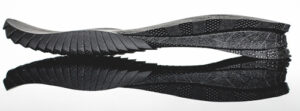 Mass texturing allows designers to generate hundreds of 2D textures in one bundle or surface set. This set, incorporating multiple patterns and textures, is created all at once. As a result, users save a significant amount of time and can visualize and apply different surface textures concurrently instead of one by one. A growing number of shoe manufacturers are taking advantage of the time- and the cost-efficient way that 3D printing may aid their processes.
Mass texturing allows designers to generate hundreds of 2D textures in one bundle or surface set. This set, incorporating multiple patterns and textures, is created all at once. As a result, users save a significant amount of time and can visualize and apply different surface textures concurrently instead of one by one. A growing number of shoe manufacturers are taking advantage of the time- and the cost-efficient way that 3D printing may aid their processes.
In conclusion, 3D textures are fantastic for designers looking to improve performance or add a bit of flair to their designs. 3D texturing simplifies the manufacturing process but, at the same time, allows creators to add complex patterns quickly and efficiently. It’s more sustainable than many other texturing methods and offers design freedom for manufacturers looking to create realistic prototypes or adopt mass customization for existing products. While 3D texture mapping is not currently in the limelight, it is only a matter of time before this versatile approach is implemented on a much broader scale.
Lieve Boeykens, www.materialise.com
This shoe sole, 3D printed in Stereolithography by Materialise, provides shoe manufacturers with a detailed master for casting.

